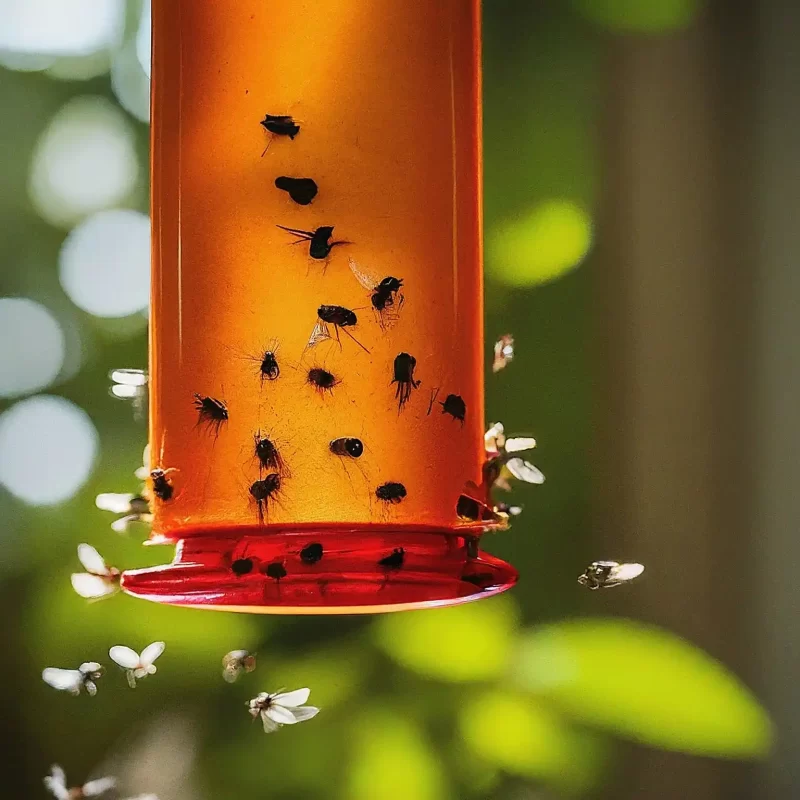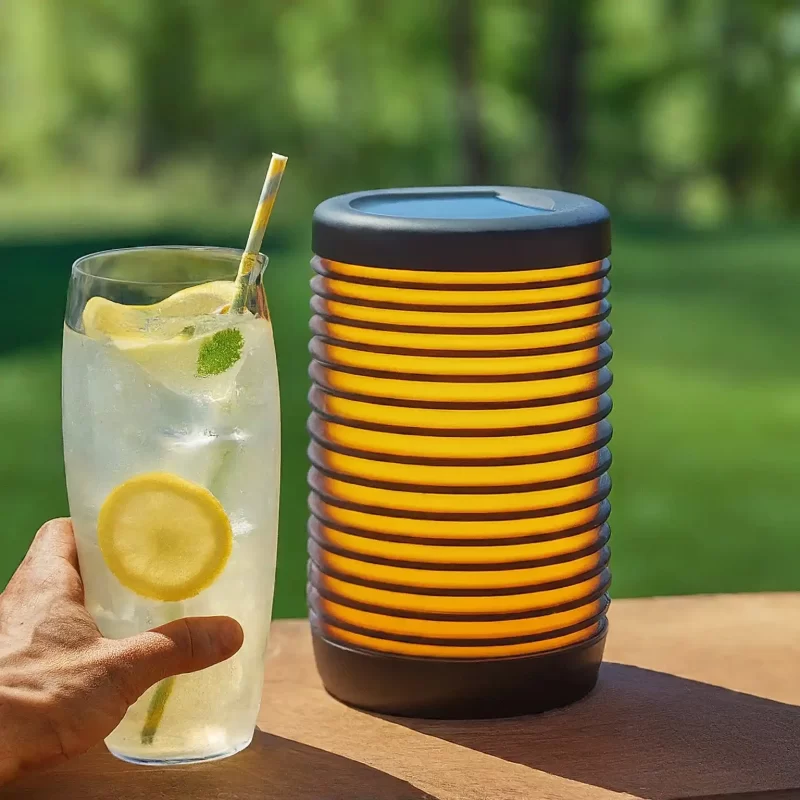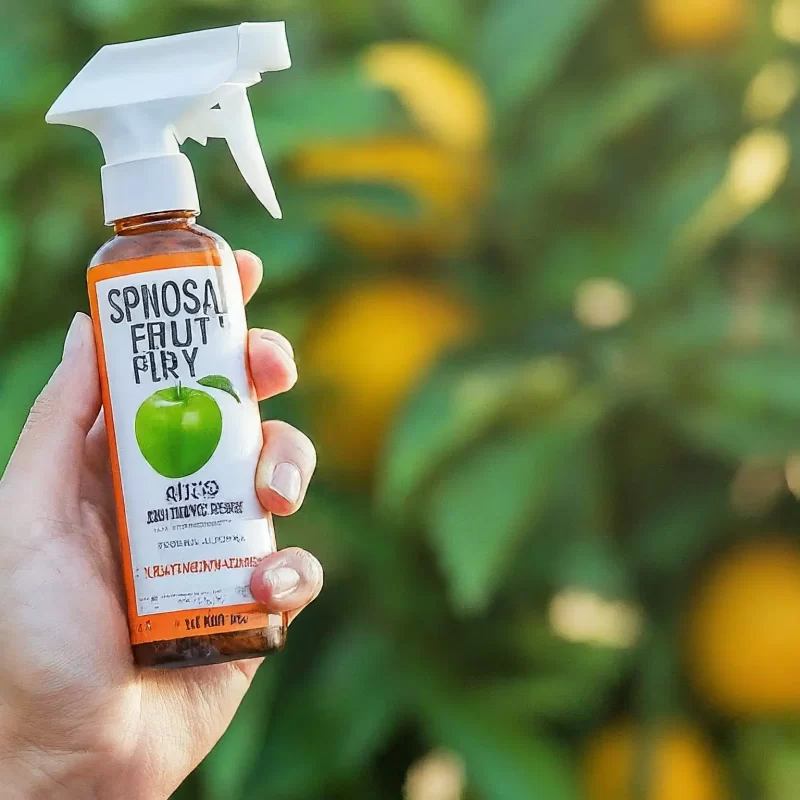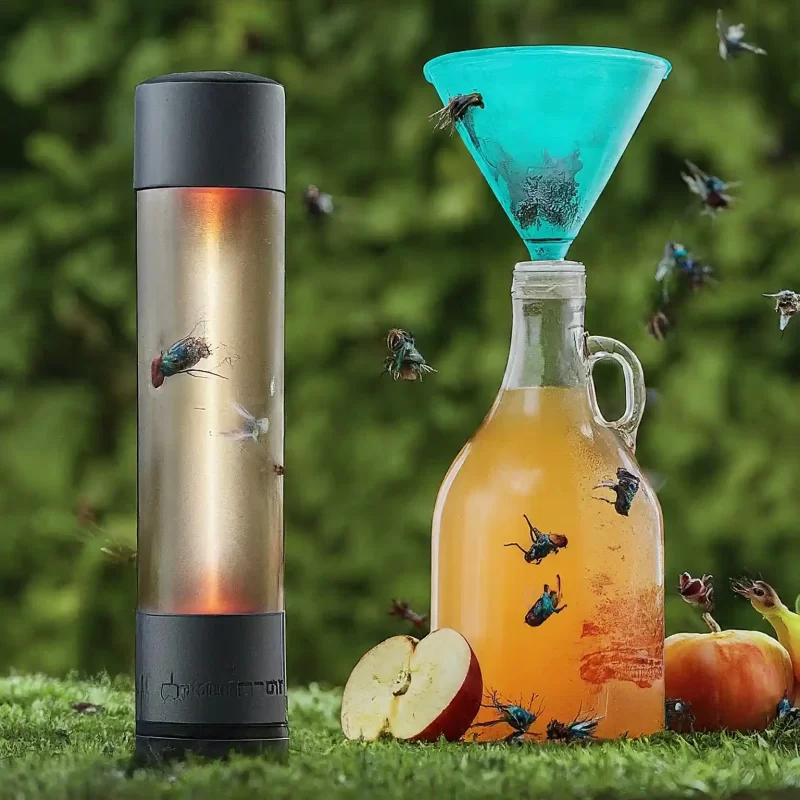Fruit Fly DIY Guides
Best Fruit Fly Trap for Outdoors | Get Rid of Flies Fast
Fruit fly trap for outdoors are essential if you want to reclaim your patio from these annoying pests. Fruit flies thrive in warm, humid conditions, making outdoor spaces with food sources like overripe fruit or open garbage cans particularly attractive. They’re not just a nuisance; fruit flies can also contaminate food and surfaces with harmful bacteria. Don’t let these tiny invaders ruin your outdoor relaxation!
Key Takeaways:
- Understand their appeal: Fruit flies are highly attracted to the sweet smells and odors produced by ripening fruits, fermenting liquids, and organic waste materials.
- Target the source: Placing traps near common breeding grounds, such as overripe produce, compost piles, or trash cans, will maximize their effectiveness.
- Employ a multi-pronged approach: Different traps utilize various attractants and trapping mechanisms, so combining several methods can be the most successful strategy.
7 Top Fruit Fly Trap Outdoors
1. Reusable Hanging Traps

Made from weatherproof materials, these traps often feature multiple entry points to entice fruit flies inside. They may utilize various attractants, such as bait stations or lures, and are generally easy to clean and reuse for long-term control.
Alternatively, you can use the Pro Series Disposable Fly Bag Traps to indoor fly control at an affordable price.
2. Yellow Sticky Traps
A budget-friendly option, these bright yellow traps use a sticky surface to trap fruit flies and other flying insects. They are disposable and easy to replace, making them ideal for monitoring infestations or low-level fruit fly populations.
3. Bottle Traps
A classic DIY solution, bottle traps leverage a bottle or jar filled with an attractant like fermenting fruit scraps, vinegar, or a sugary liquid. The design allows fruit flies to enter easily but makes escape difficult.
4. Solar-Powered Bug Zappers

For large outdoor areas, solar-powered bug zappers and electric fruit fly trap outdoor offer a convenient solution. These devices emit light that attracts fruit flies, then zaps them on contact. While effective, they may also attract other flying insects and can be noisy.
5. Fruit Fly Bait Stations
Pre-filled with a potent attractant containing an insecticide, these discreet stations eliminate fruit flies without mess or fuss. Be sure to place them out of reach of children and pets.
6. Spinosad-Based Sprays

For immediate knockdown power, consider sprays formulated with spinosad, a naturally derived insecticide. These sprays offer quick results, but be sure to follow label directions carefully and prioritize using traps whenever possible.
7. Natural Repellents
For a more natural approach, essential oils like clove, peppermint, or lemongrass can help deter fruit flies. While not as effective as traps or sprays, these repellents may be a suitable option for those seeking a non-chemical solution. Be aware that their effectiveness can vary.
Read more: Top 10 Natural Ingredients to Make Effective Fruit Fly TrapsWhat Is The Most Effective Fruit Fly Trap for Outdoors ?
The effectiveness of an outdoor fruit fly trap depends on several factors, including the severity of the infestation, the size of the area you’re trying to protect, and the attractant used. Here’s a breakdown to help you choose the right fruit fly trap for outdoors:
- Low-level infestations or small areas: For minor fruit fly problems or limited outdoor spaces, disposable traps like yellow sticky traps or bottle traps can be a simple and effective solution.
- Moderate infestations or medium-sized areas: Reusable hanging traps with bait stations or lures offer a good balance of effectiveness and convenience for moderately sized areas or infestations.
- Heavy infestations or large areas: For significant fruit fly problems or expansive outdoor spaces, consider combining multiple trapping methods. This could involve using a combination of reusable traps, bait stations, and strategically placed sticky traps.
Where Should I Place Fruit Fly Trap For Outdoors?
Strategically position your traps in areas where fruit flies are most likely to breed and congregate. Here are some key spots to target:
- Around ripening fruits and vegetables: Fruit flies are naturally drawn to the sweet smells and odors emitted by ripening fruits and vegetables. Place traps near fruit trees, vegetable gardens, or anywhere you store or process fresh produce outdoors.
- Near compost piles and trash cans: Compost piles and trash cans can be breeding grounds for fruit flies, as they often contain decaying organic matter. Position traps strategically near these areas to intercept flies before they become a nuisance.
- Outdoor entertaining areas: If you enjoy spending time outdoors for meals, drinks, or social gatherings, place traps around patios, decks, or porches. This will help to reduce the number of fruit flies buzzing around your guests and food.
How Often Should I Change Fruit Fly Trap For Outdoors ?
The frequency of changing your fruit fly trap outdoors depends on several factors, including the type of trap, the severity of the infestation, and weather conditions. Here’s a breakdown to help you decide:
- Reusable traps: Empty and clean reusable traps regularly, typically once a week or more often if heavily populated with flies. Wash them with hot soapy water and allow them to dry completely before refilling them with fresh bait.
- Disposable traps: Replace sticky traps and bottle traps once they become full of trapped flies or the attractant loses its potency. This could be every few days or up to a week, depending on the infestation level.
- Bait stations: Follow the manufacturer’s instructions for refill schedules. Some stations may last for several weeks, while others may need to be replaced more frequently.
Conclusion
Don’t let fruit flies ruin your time outdoors! Choose the right combination of fruit fly traps from this guide, place them in strategic spots, and you’ll soon regain control of your backyard. Be patient – it may take a few tries to find the most effective solution for your specific situation.
Let me know if you’d like to explore specific traps like UV light traps, attractant materials, or other details in more depth!

Hi there! I’m Beliz Güner, and welcome to my world of innovative solutions for fruit fly challenges. Though I hail from Turkey and have a background in interior design, my true passion lies in tackling the persistent issue of fruit flies. My journey has been anything but ordinary, as I’ve transitioned from creating beautiful spaces to devising effective fruit fly traps.
My interest in DIY home projects and product reviews has fueled my desire to share knowledge and personal experiences with others facing similar frustrations. Through my blog, I aim to empower you with the tools and insights needed to combat fruit fly invasions, drawing on my unique blend of design creativity and hands-on experimentation. Join me as we explore the most effective strategies to reclaim our homes from these unwelcome guests.

